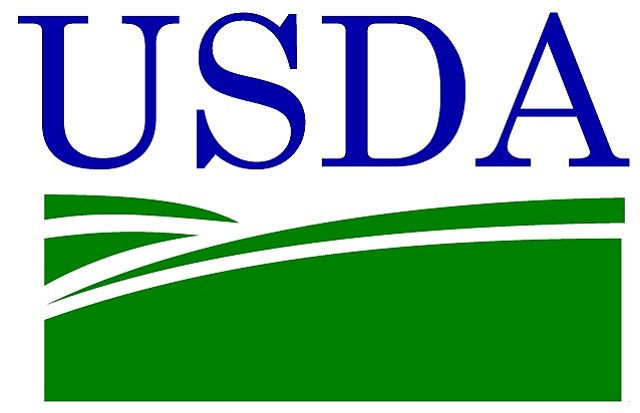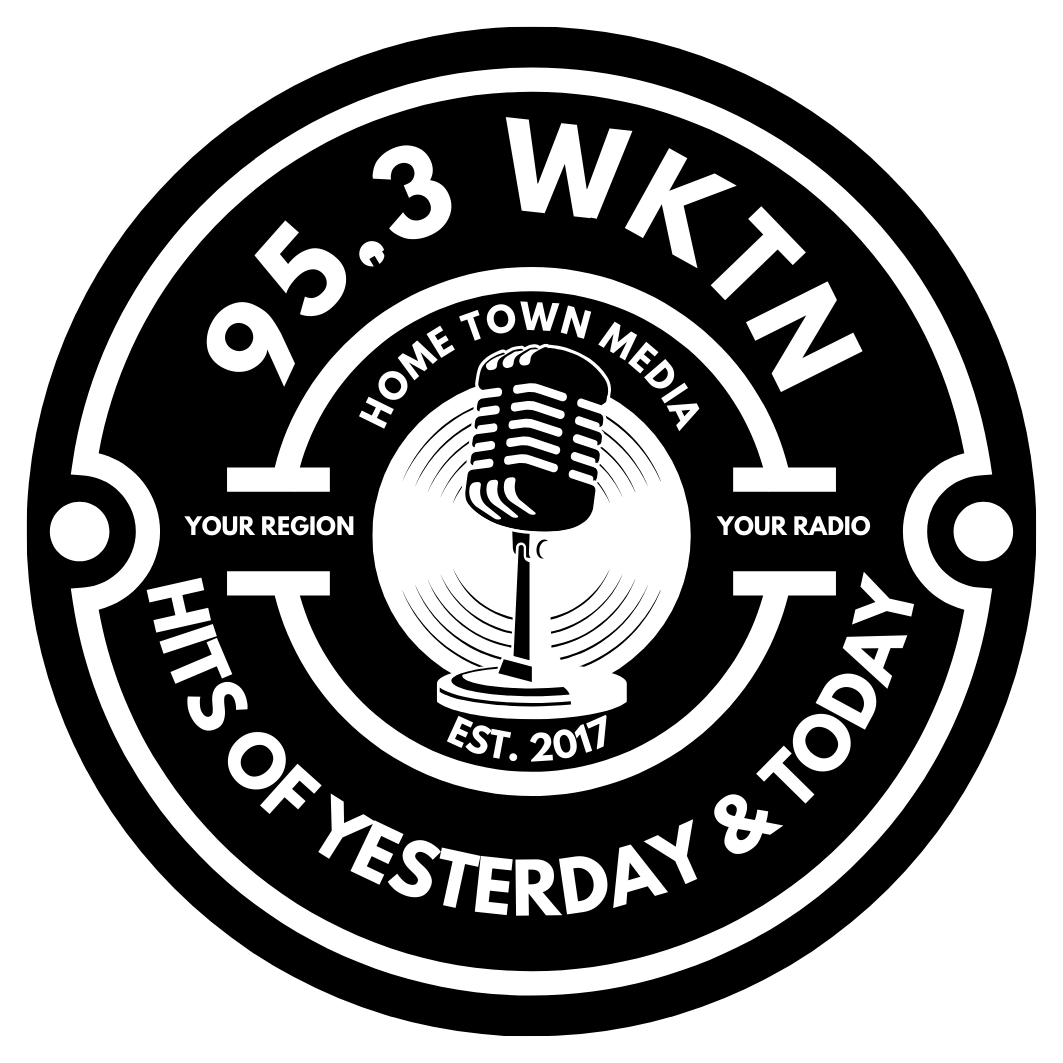Download Our Mobile App And Take WKTN With You . > > > > > > > > > > IT'S FREE!!
USDA to Begin Accepting Applications for Expanded Emergency Livestock Assistance Program to Help Dairy Producers Offset Milk Loss Due to H5N1


The U.S. Department of Agriculture (USDA) began accepting applications on Monday, July 1 through its updated Emergency Assistance for Livestock, Honeybees, and Farm-raised Fish Program (ELAP) to provide financial assistance to eligible dairy producers who incur milk losses due to Highly Pathogenic Avian Influenza, also known as H5N1infection in their dairy herds.
USDA’s Farm Service Agency (FSA) expanded ELAP through the rule-making process to assist with a portion of financial losses resulting from reduced milk production when cattle are removed from commercial milking in dairy herds having a confirmed positive H5N1 test. Positive test results must be confirmed through the USDA’s Animal and Plant Health Inspection Service (APHIS) National Veterinary Services Laboratories (NVSL).
“USDA remains committed to working with producers, state veterinarians, animal health professionals, and our federal partners as we continue to detect the presence of H5N1 in dairy herds and take additional measures to contain the spread of the disease,” said Agriculture Secretary Tom Vilsack. “When something unexpected, like H5N1, threatens the economic viability of the producers we serve, we are committed to finding ways, where we have the authority to do so, to revisit existing program policies and provide the financial support needed to help producers recover and sustain production.”
ELAP provides emergency relief to eligible producers of livestock, honeybees, and farm-raised fish to assist with losses due to disease, adverse weather, or other conditions, such as wildfires, that are not covered by other FSA disaster assistance programs.
H5N1 infections have been detected in 12 states including Colorado, Idaho, Iowa, Kansas, Michigan, Minnesota, North Carolina, New Mexico, Ohio, South Dakota, Texas and Wyoming.
Dairy producers in all states are reminded to stay vigilant and follow established APHIS biosecurity, detection and testing guidelines. In addition to testing, enhanced biosecurity is critical to containing this virus.
USDA works closely with state animal health official, producers, and industry organizations to provide guidance and resources for cleaning and disinfection not only on affected farms but for all livestock producers as a part of practicing good biosecurity. APHIS has made available a number of biosecurity documents on its landing page.
ELAP Eligibility
Eligible adult dairy cattle must be:
- Part of a herd that has a confirmed positive H5N1 test from NVSL;
- Initially removed from commercial milk production at some point during the 14-day time period before the sample collection date for the positive H5N1 test date through 120 days after the sample collection date for the positive H5N1 test;
- Milk-producing, currently lactating; and
- Maintained for commercial milk production, in which the producer has a financial risk, on the beginning date of the eligible loss condition.
Applying for ELAP Assistance
To apply, producers need to submit the following to FSA:
- Proof of herd infection through a confirmed positive H5N1 test (based on USDA’s APHIS H5N1 case definition) on individual animal or bulk tank samples confirmed by NVSL;
- A notice of loss indicating the date when the loss is apparent, which is the sample collection date for the positive H5N1 test; and
- An application for payment certifying the number of eligible adult dairy cows, the month the cows were removed from production, and the producer’s share in the milk production.
The final date to file a notice of loss and application for payment for eligible losses is 30 days after the end of the prior calendar year, which is January 30.
Calculating ELAP Payments
The per cow milk loss payment due to H5N1 will be determined based on an expected 21-day period of no milk production when a cow is removed from the milking herd, followed by seven days when the cow has returned to milking but produces 50% of the normal amount of production.
ELAP payments are determined using a per head payment rate calculated based on the monthly all-milk price and national milk production published by the National Agricultural Statistics Service and a standard number of days with reduced or no production — (per head payment rate x number of eligible adult dairy cows x producer’s share in milk production x 90%)
To apply, producers should contact the FSA at their local USDA Service Center.
More Information
Details on updated ELAP policy to provide financial assistance for milk loss due H5N1 will publish in the Federal Register on Monday, July 1.
To learn more, visit usda.gov.
USDA is an equal opportunity provider, employer, and lender.
Written by: WKTN Staff
Copyright WKTN-Home Town Media | Public File | FCC Applications | ADMIN | 112 N. Detroit Street, Kenton, OH 43326 | 419-675-2355


